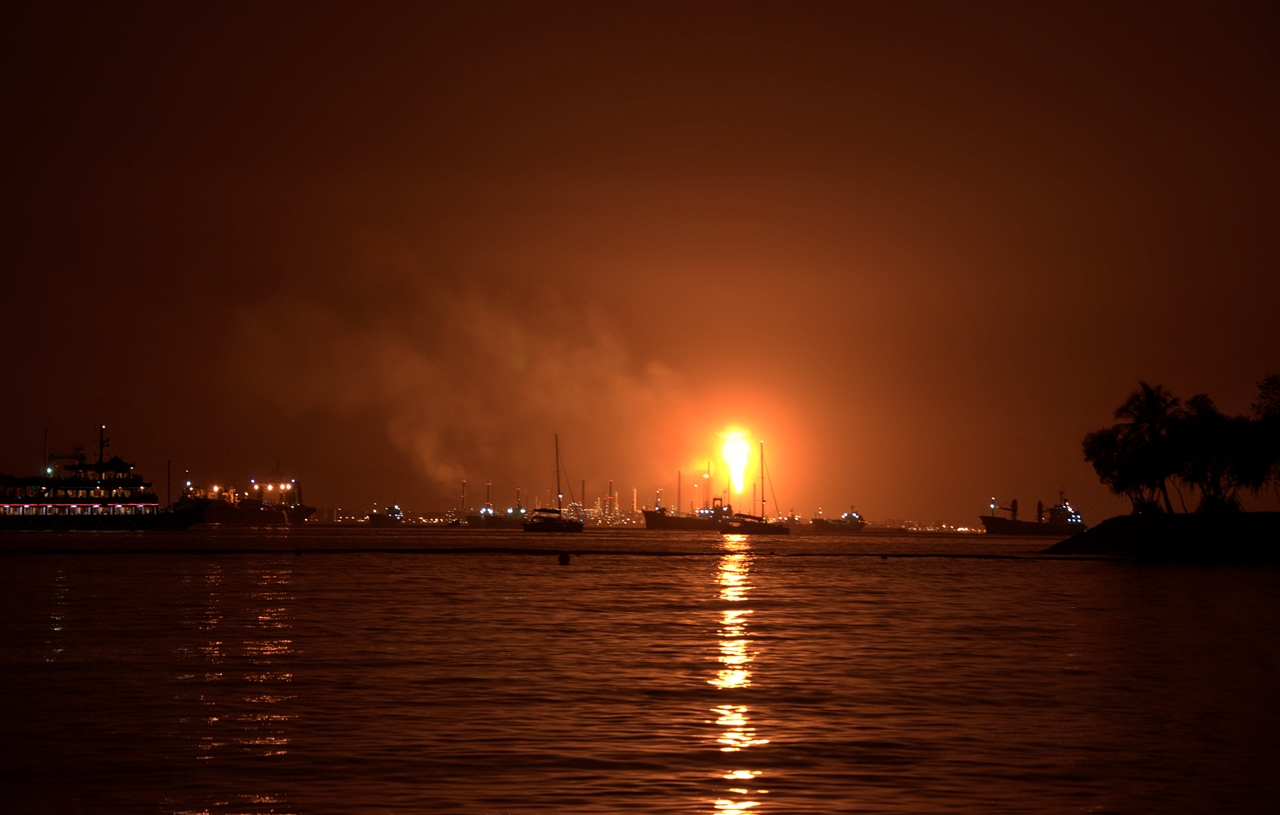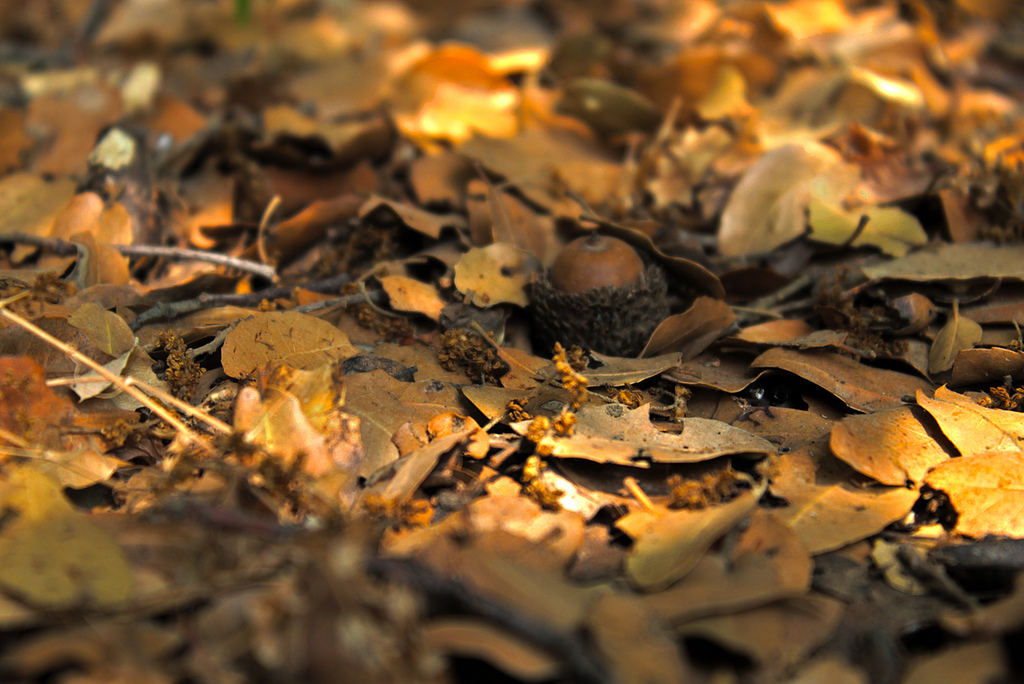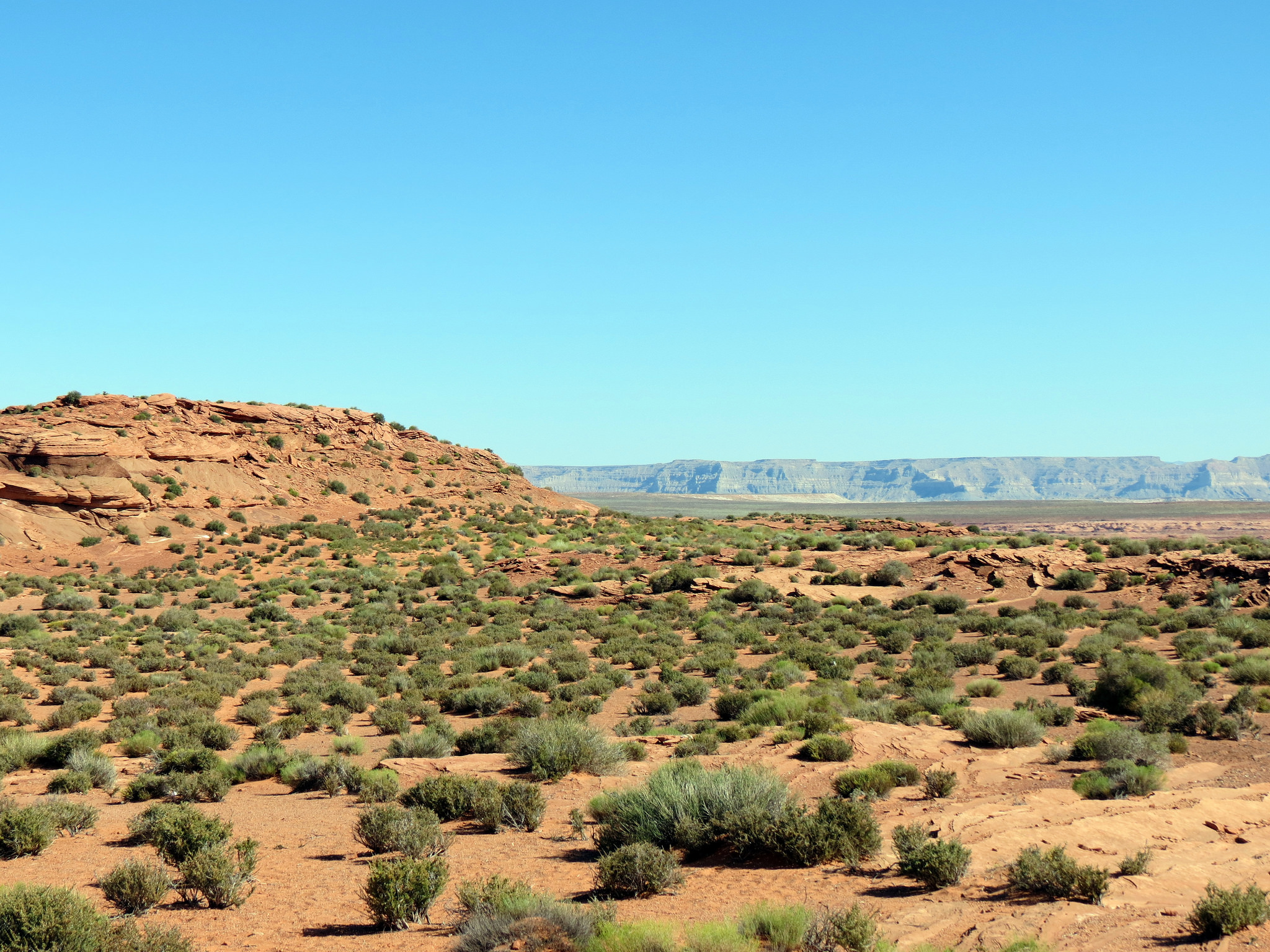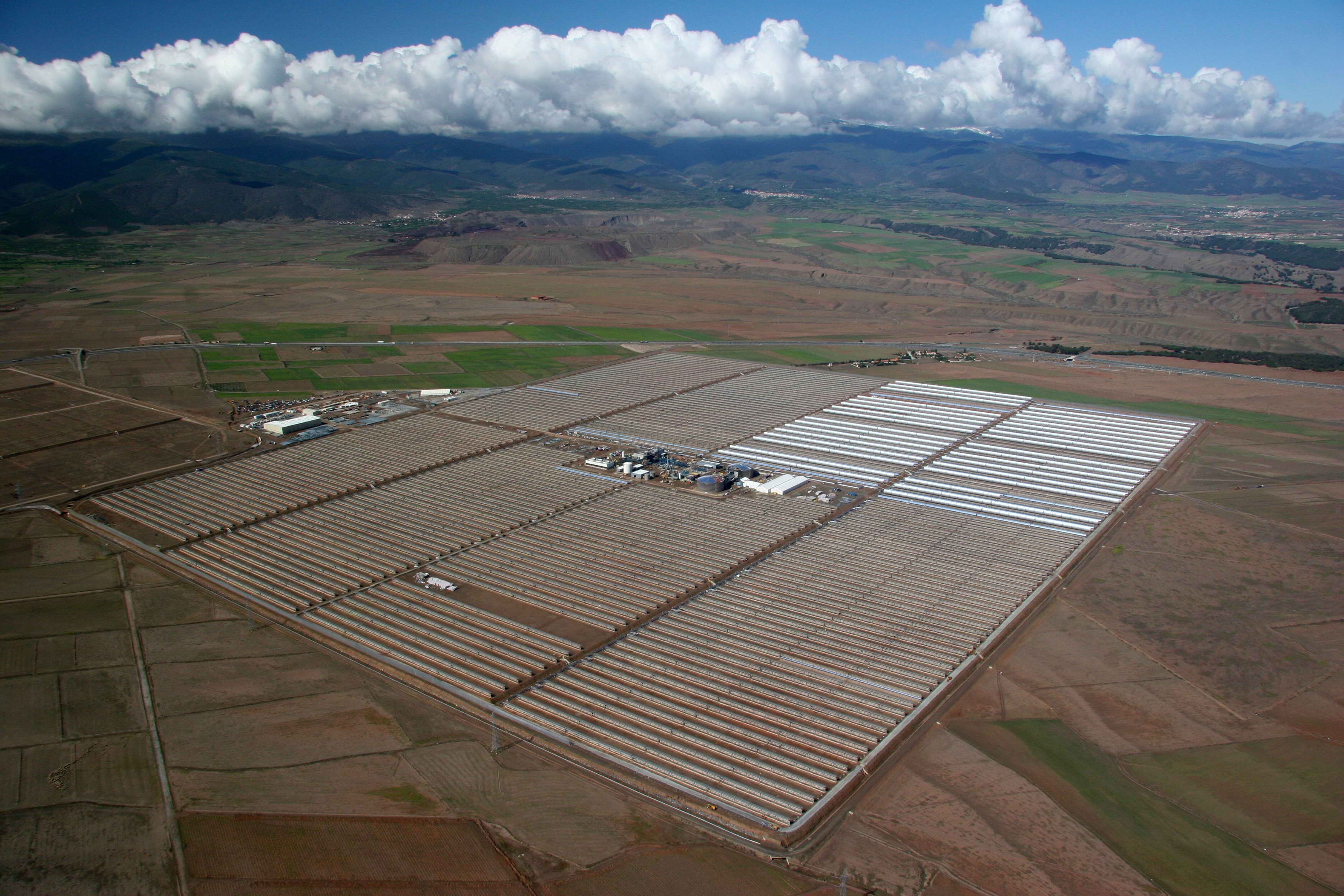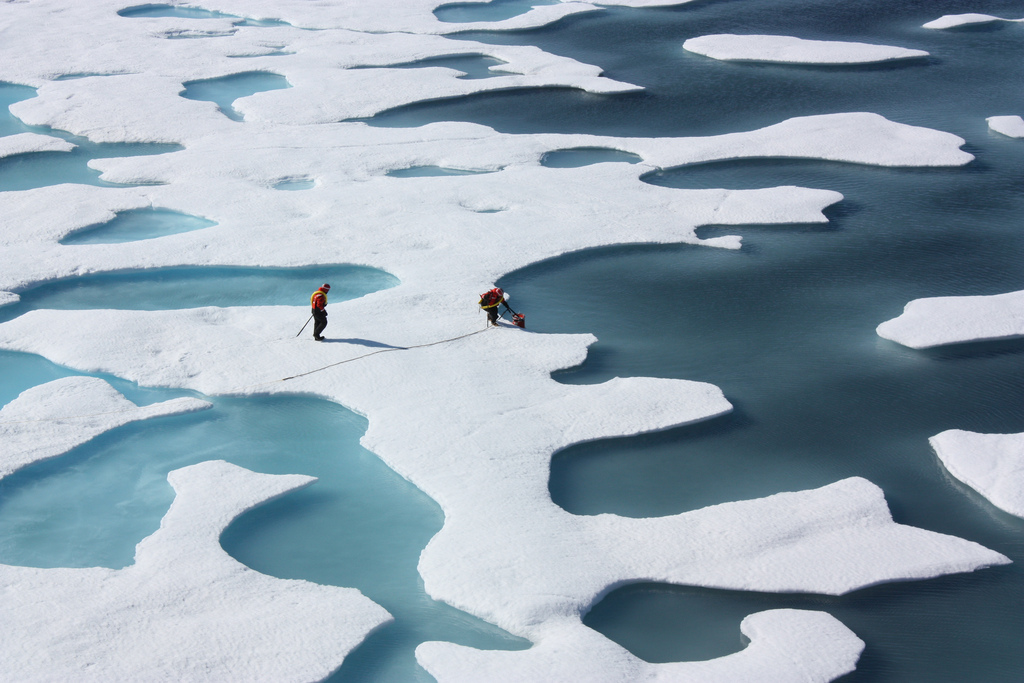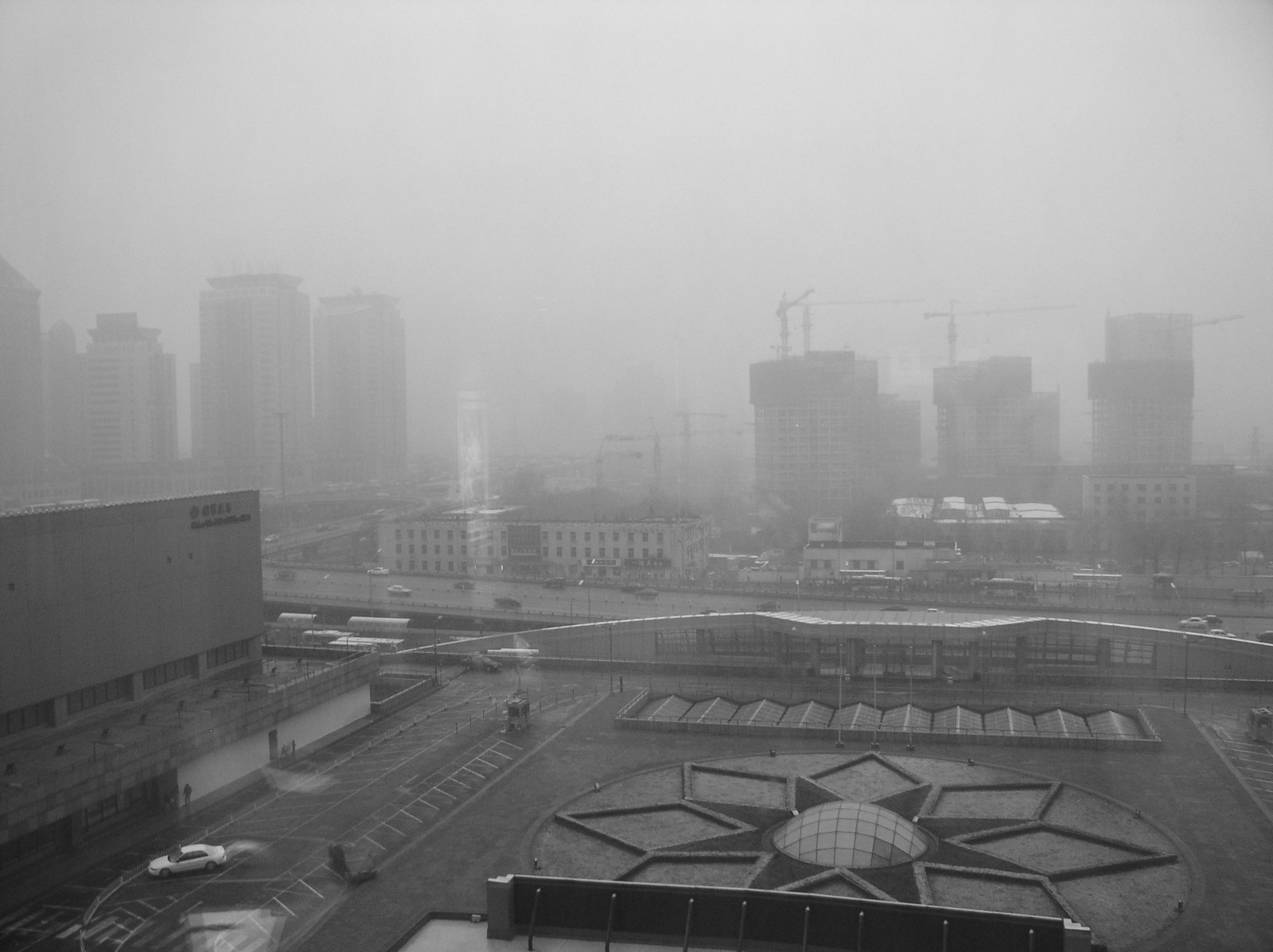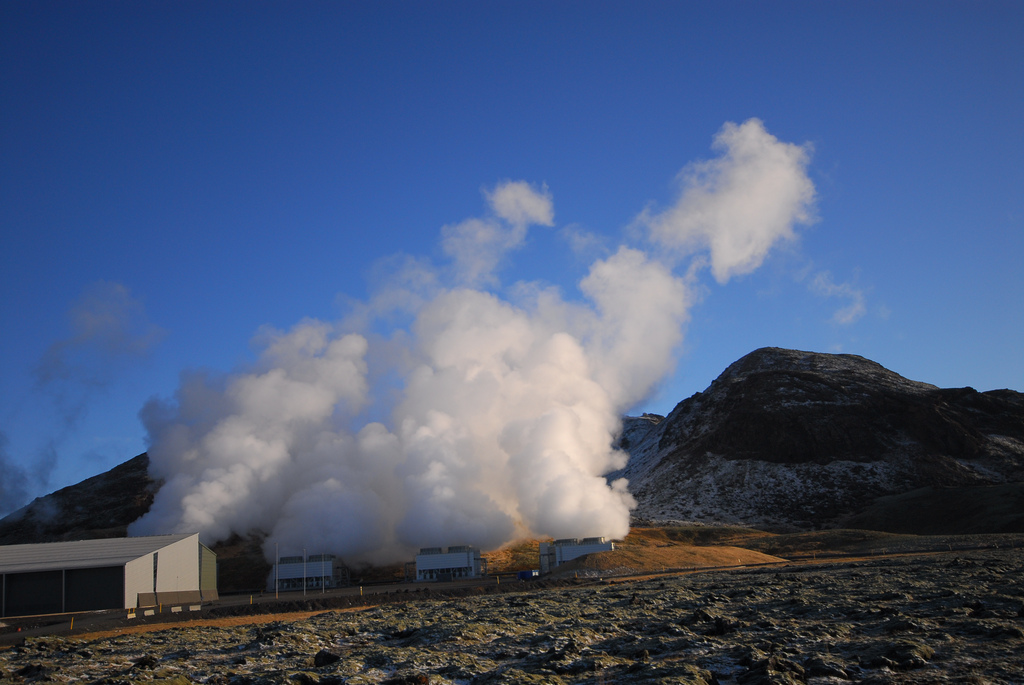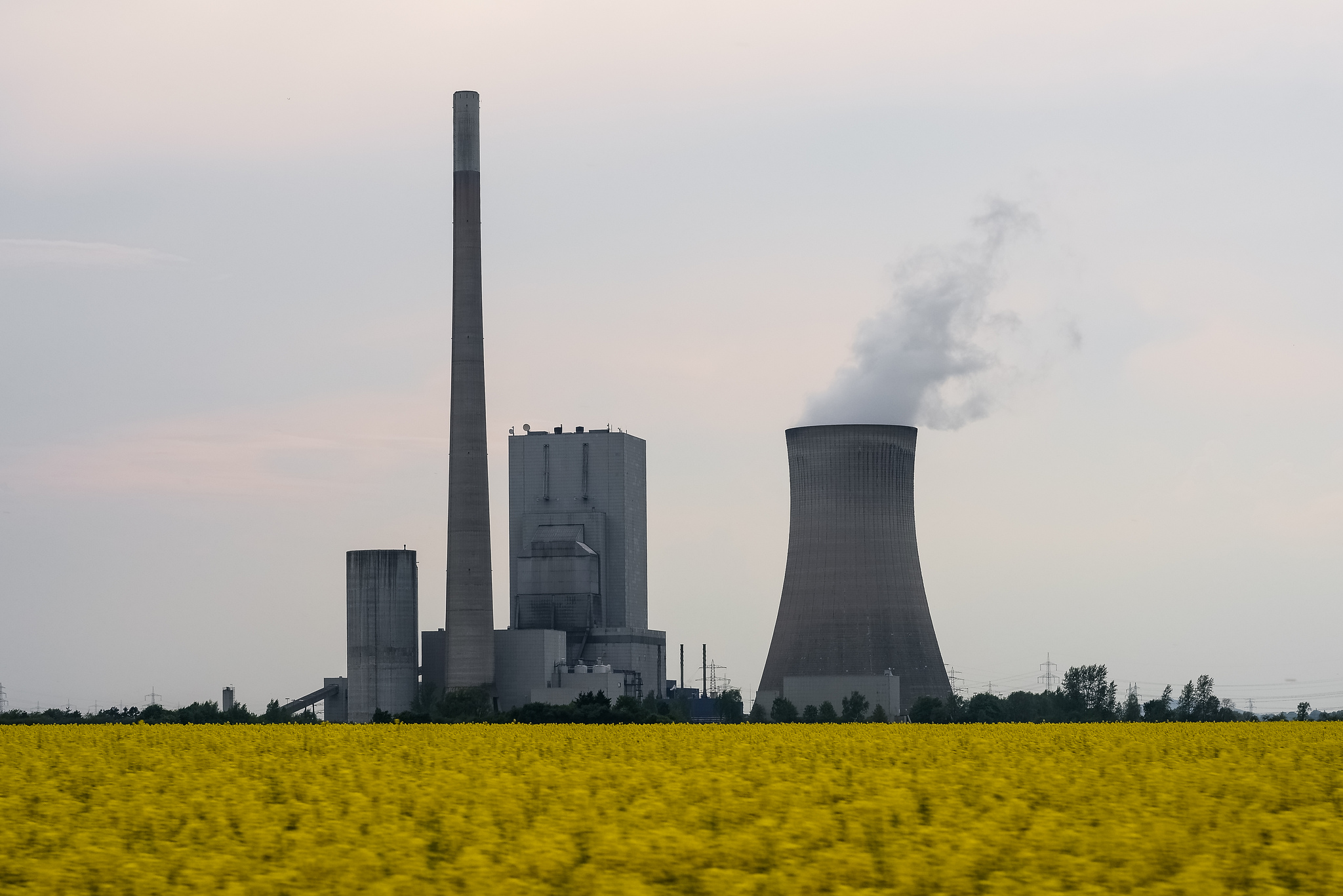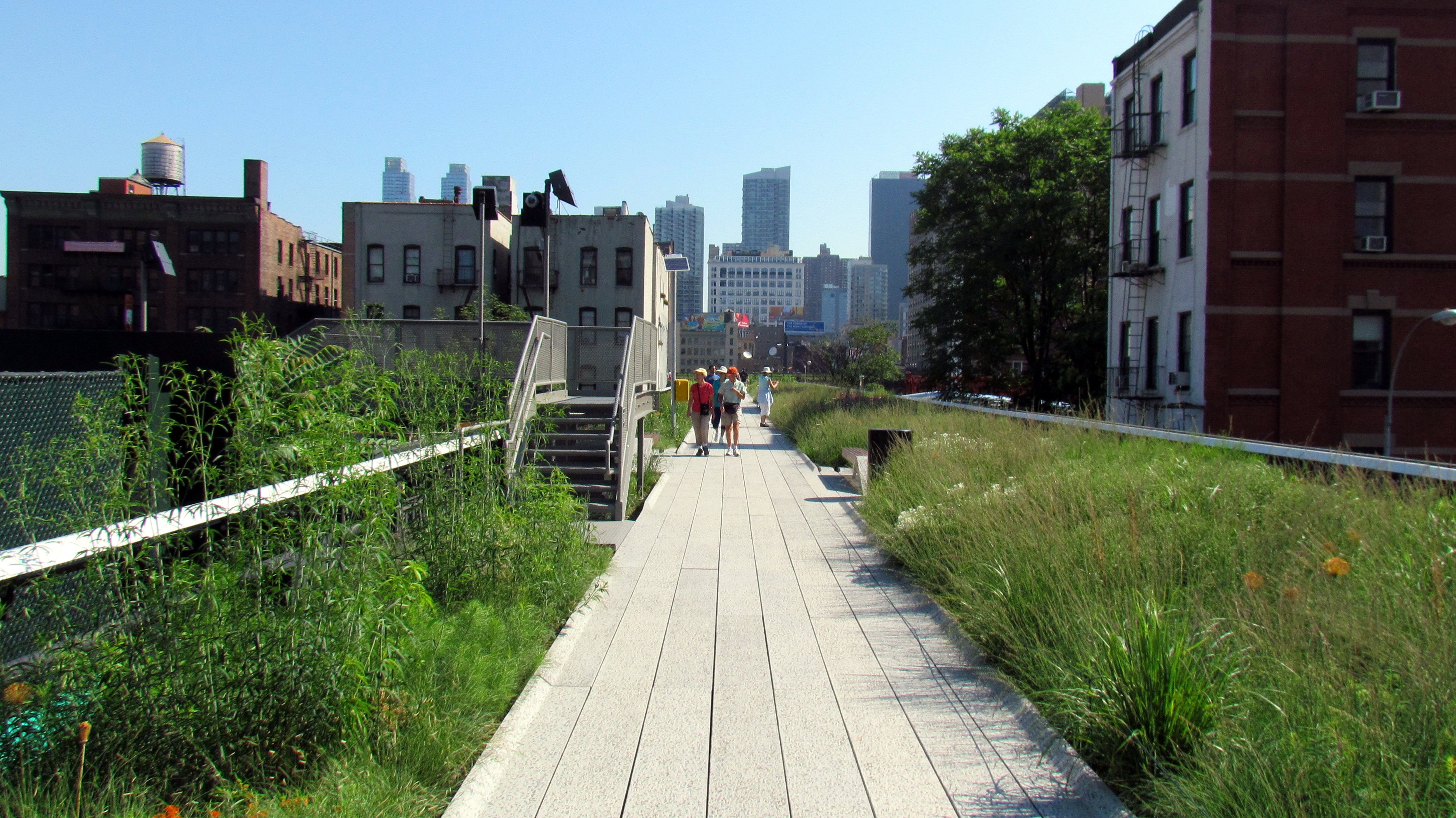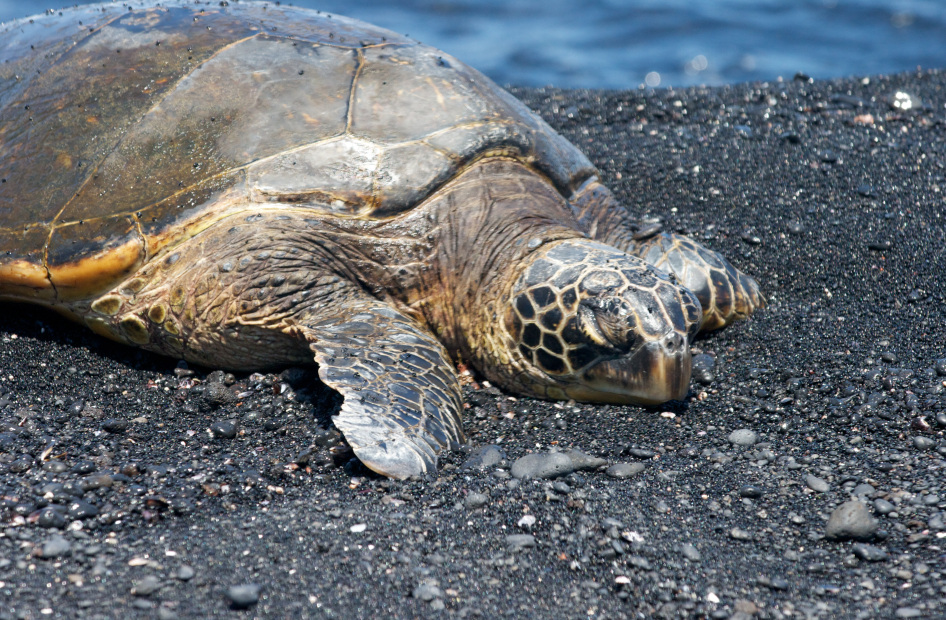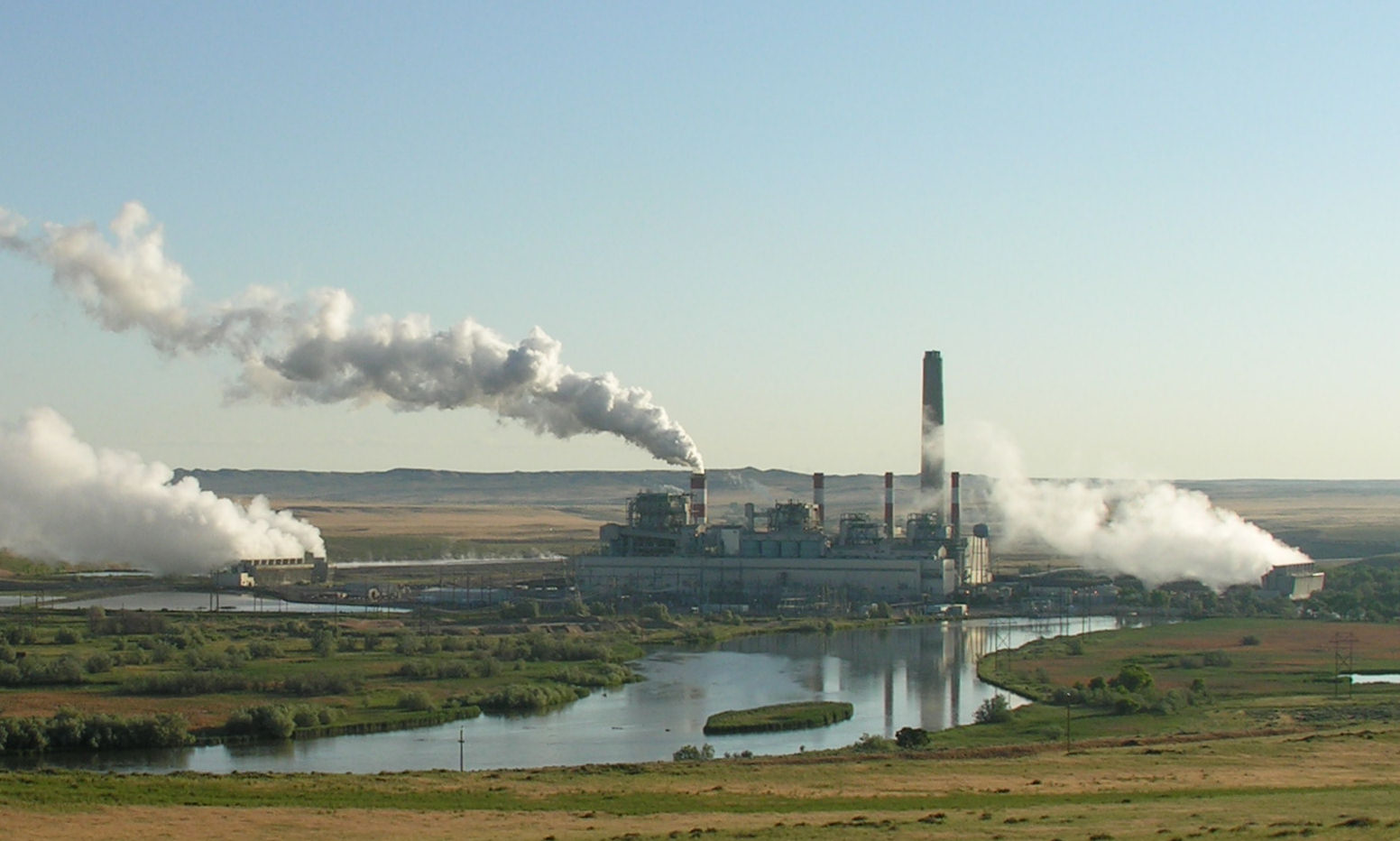Our Environment
Acorns And Lyme Disease
In New York’s Hudson Valley, it’s hard to go outside without stepping on an acorn. Oaks have ‘boom and bust’ acorn production cycles. In lean years, trees produce a handful of nuts. In boom years, acorns seem to rain down from the sky. We are currently experiencing an acorn bumper-crop, or what ecologists call a ‘mast’ year.
In some forests, there can be more than 100 acorns per square meter. This is welcome news to animals like mice, chipmunks, and squirrels. They can gorge on the bounty and stock their larders. Acorn caches help wildlife avoid predators and survive the lean months of winter. They even give well-fed rodents a jump-start on the breeding season.
For this reason, acorn “mast” years are also harbingers of future Lyme disease risk. In the summer following acorn booms, white-footed mouse numbers explode. In New York’s Hudson Valley, these mice play a major role in infecting blacklegged ticks with the agents that cause Lyme disease, Babesiosis, and Anaplasmosis.
Cary Institute disease ecologist Rick Ostfeld explains.
“The ticks that are emerging as larvae in August – just as the mice and chipmunks are reaching their population peaks – they have tons of excellent hosts to feed from. They survive well and they get infected with tick-borne pathogens. And that means that two years following a good acorn crop we see high abundance of infected ticks, which represents a risk of human exposure to tick borne disease.”
Predictions are based on 20 years of field studies that have confirmed the relationship among acorn mast years, mouse outbreaks, and the prevalence of infected ticks. Mark your calendars – 2017 will likely be a bad year for Lyme disease.
**********
Web Extra
Full interview with Rick Ostfeld, a disease ecologist at the Cary Institute of Ecosystem Studies
Web Links
Thanksgiving Turkeys
Mashed potatoes, gravy, cranberry sauce, and pumpkin pie. Thanksgiving is just one week away. Many of us will spend the next several days shopping around for ingredients, including one of this country’s oldest traditions: the turkey.
The Missing Sink
One of the puzzles of atmospheric chemistry is why carbon dioxide concentrations in our atmosphere aren’t rising even faster. Our activities emit some 37 billion metric tons of carbon dioxide each year. About 45% stays in the atmosphere, 25% is taken up by the oceans. The rest is a bit of a mystery.
Solar Powered Water Purification
Solar energy has made a difference in the lives of refugees from natural disasters and political unrest as well as people in remote corners of the world who don’t have access to modern technology. There are various solar-powered lamps, chargers, and cookers that have been provided to countless thousands of people around the world.
Coffee And Climate Change
Climate change is threatening crops all around the world, but maybe none more so than coffee. According to the Union of Concerned Scientists, “higher temperatures, long droughts punctuated by intense rainfall, more resilient pests and plant diseases—all of which are associated with climate change—have reduced coffee supplies dramatically in recent years.”
Cheap Oil From Algae
We have had all too many scary stories about algae and the threats it is posing to health and safety. This time, for once, we have some good news about algae.
Local Food In A Global World
In the Northeast, many are enjoying the last of autumn’s bounty. When we grow fruits and vegetables, we can choose to forgo pesticides, GMOs, or industrial fertilizer. When we shop at farmer’s markets, we support family farms and help maintain open space that we all enjoy.
Noise Pollution And Wildlife
Traffic noise is something nobody likes. We shy away from homes too close to highways and major roads. We soundproof our houses. We build noise abatement walls.
Solar Power At Night
One of the largest solar power plants in the world is the Andasol plant situated on a barren, high-altitude site in the Andalucia region of Spain. The plant provides electricity for up to 500,000 people in the region.
California Mountain Lions
The mountain lions in the Santa Monica Mountains of California aren’t faring well these days. Three more have been found dead recently, highlighting just how difficult it is for the big cats to survive in an urban park. Although the Santa Monica Mountains recreational area is rugged, it’s hemmed in by several busy freeways and lots of homes. Officials now believe there are just 10 to 15 mountain lions left roaming the park.
Reducing Food Waste
We have talked about food waste before. It is a big problem in this country: some 31% of our food supply is wasted, more than 130 billion pounds a year. Food waste makes up 21% of solid waste in municipal landfills, which means that it accounts for the bulk of landfill methane emissions. Methane is more than 20 times more effective as a greenhouse gas than carbon dioxide, and landfills are a major source of it.
Locked In A Pattern Of Arctic Ice Loss
There is no dry land at the North Pole and under much of the Arctic ice pack. There, the ocean is covered with sea ice. When this ice melts, it does not cause a rise in sea level, the same way ice cubes melting in your water glass don’t cause it to overflow.
Killer Air
Globally, air pollution kills 3.3 million people per year. And this number could double to 6.6 million people by 2050 if little is done to decrease the dangerous levels of tiny particles, toxins, and ozone in the air.
Seabirds In Trouble
Bad news for seabirds. New research out of the University of British Columbia shows that their populations have declined by a staggering 70% since 1950. This finding is troubling on multiple levels, as seabird populations tend to be good indicators of marine ecosystem health.
Cities Abandoning Fossil Fuels
Around the world, cities are trying to combat climate change by shifting their energy needs away from coal, oil and natural gas. Some, like Reykjavik and Zurich, use no fossil fuels to produce power at all; others are still planning cutbacks.
Implications of a Thousand
The first Earth Wise broadcast was on January 2, 2012. Today marks the 1000th story we have presented to you, which is cause for celebration.
Planning Cooler Cities
Anyone who has walked the streets of New York City or Washington, D.C. on a stifling summer day can attest to the fact that cities feel hotter. It’s not a matter of perception.
